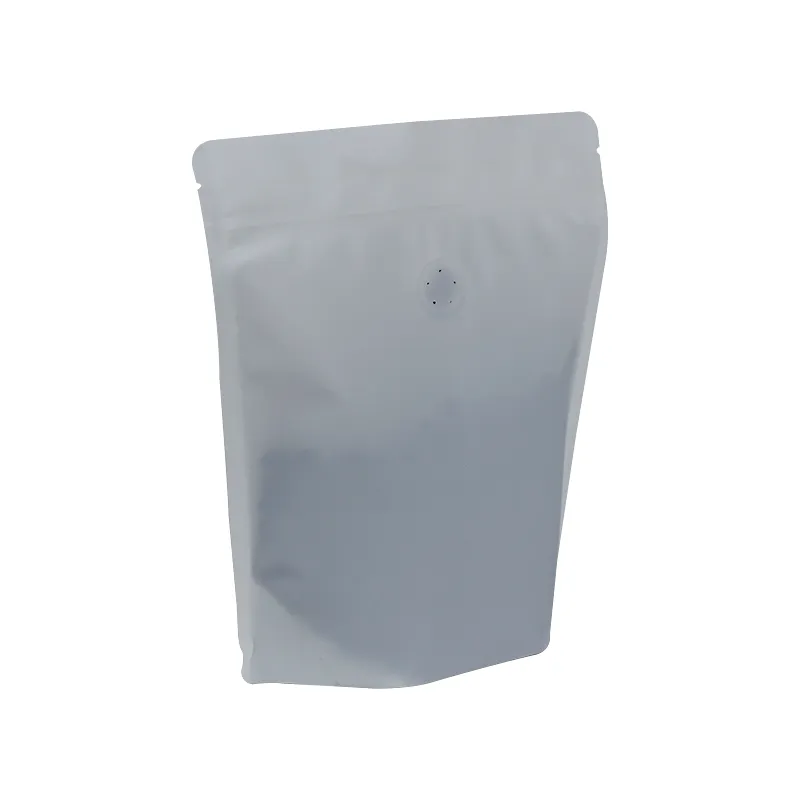- Afrikaans
- Albanian
- Amharic
- Arabic
- Armenian
- Azerbaijani
- Basque
- Belarusian
- Bengali
- Bosnian
- Bulgarian
- Catalan
- Cebuano
- chinese_simplified
- chinese_traditional
- Corsican
- Croatian
- Czech
- Danish
- Dutch
- English
- Esperanto
- Estonian
- Finnish
- French
- Frisian
- Galician
- Georgian
- German
- Greek
- Gujarati
- haitian_creole
- hausa
- hawaiian
- Hebrew
- Hindi
- Miao
- Hungarian
- Icelandic
- igbo
- Indonesian
- irish
- Italian
- Japanese
- Javanese
- Kannada
- kazakh
- Khmer
- Rwandese
- Korean
- Kurdish
- Kyrgyz
- Lao
- Latin
- Latvian
- Lithuanian
- Luxembourgish
- Macedonian
- Malgashi
- Malay
- Malayalam
- Maltese
- Maori
- Marathi
- Mongolian
- Myanmar
- Nepali
- Norwegian
- Norwegian
- Occitan
- Pashto
- Persian
- Polish
- Portuguese
- Punjabi
- Romanian
- Russian
- Samoan
- scottish-gaelic
- Serbian
- Sesotho
- Shona
- Sindhi
- Sinhala
- Slovak
- Slovenian
- Somali
- Spanish
- Sundanese
- Swahili
- Swedish
- Tagalog
- Tajik
- Tamil
- Tatar
- Telugu
- Thai
- Turkish
- Turkmen
- Ukrainian
- Urdu
- Uighur
- Uzbek
- Vietnamese
- Welsh
- Bantu
- Yiddish
- Yoruba
- Zulu
Benefits of Using Vacuum Sealed Bags for Food Storage and Preservation
The Advantages of Vacuum-Sealed Bags A Comprehensive Guide
In the realm of food preservation and storage solutions, vacuum-sealed bags have emerged as an innovative option that offers numerous benefits. These specially designed bags eliminate air from the equation, creating a tightly sealed environment that can significantly enhance the longevity of food products. But what exactly are vacuum-sealed bags, and how can they improve your food storage practices? In this article, we will explore the advantages of vacuum-sealed bags, their applications, and tips on how to use them effectively.
What Are Vacuum-Sealed Bags?
Vacuum-sealed bags are made from durable, flexible plastic material that is designed to withstand the vacuum sealing process. The air within the bag is removed using a vacuum sealer, which creates a tight seal around the contents. This process minimizes the presence of oxygen and moisture, two key factors contributing to food spoilage. With reduced air exposure, vacuum-sealed bags create an airtight environment that helps preserve the freshness, flavor, and nutritional quality of food items.
Advantages of Vacuum-Sealed Bags
1. Extended Shelf Life One of the primary benefits of using vacuum-sealed bags is the remarkable extension of food shelf life. Foods stored in traditional methods may spoil within days or weeks due to exposure to air and moisture. In contrast, vacuum-sealed items can last several months or even years, depending on the type of food. For instance, meat and poultry can last 3-5 times longer when vacuum sealed.
2. Maintained Flavor and Nutrients By reducing oxidation and moisture, vacuum-sealed bags help retain the food's natural flavors and nutrients. This is especially beneficial for fruits, vegetables, and herbs, which can lose their taste and nutritional value when exposed to air for prolonged periods.
3. Space-Saving Solution Vacuum sealer bags are much more compact compared to conventional storage methods. By removing air, these bags can be flattened, allowing for more efficient storage in your fridge, freezer, or pantry. This is particularly advantageous for people with limited storage space or those who prefer to keep their kitchen organized.
vaccum sealed bags

4. Prevention of Freezer Burn Foods stored in the freezer can suffer from freezer burn, which negatively affects their texture and taste. Vacuum-sealed bags eliminate air exposure, substantially reducing the risk of freezer burn and ensuring that frozen foods maintain their quality for an extended period.
5. Versatile Uses While vacuum-sealed bags are commonly associated with food storage, their applications extend beyond the kitchen. They can be used for vacuum-sealing clothes, documents, and other items, protecting them from moisture and dust. This multifunctionality makes them a valuable addition to your home.
Tips for Using Vacuum-Sealed Bags Effectively
- Pre-freezing For foods that are very moist, consider pre-freezing them before vacuum sealing. This prevents the sealer from pulling liquid into the vacuum mechanism, ensuring a tight seal.
- Proper Storage Store vacuum-sealed bags in a cool, dark place or in the freezer for optimal results. Avoid placing them in areas exposed to heat or direct sunlight.
- Labeling Always label your vacuum-sealed bags with the contents and date of sealing. This will help you keep track of your inventory and ensure that you use older items first.
- Using the Right Bag Select high-quality vacuum-sealing bags designed for the specific type of food you plan to store. Some bags may be thicker and more suitable for heavy items, while others are better for delicate foods.
In conclusion, vacuum-sealed bags offer a smart and efficient solution for food preservation and storage. By implementing vacuum sealing into your food storage practices, you can enjoy fresher, more flavorful meals while minimizing waste. Whether you are a cooking enthusiast or simply looking to extend the shelf life of your groceries, vacuum-sealed bags are undoubtedly a worthwhile investment.













